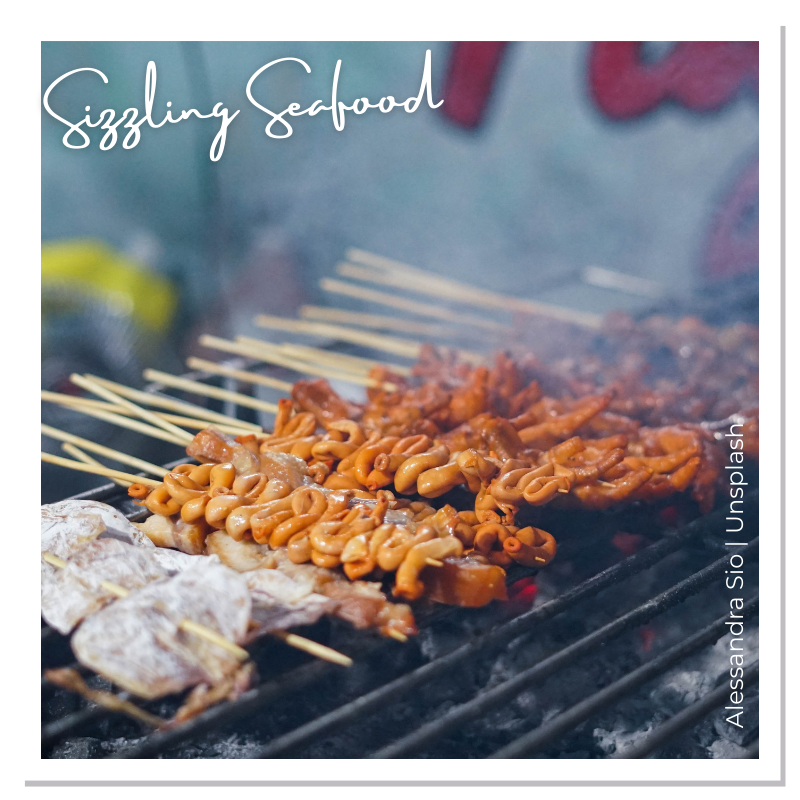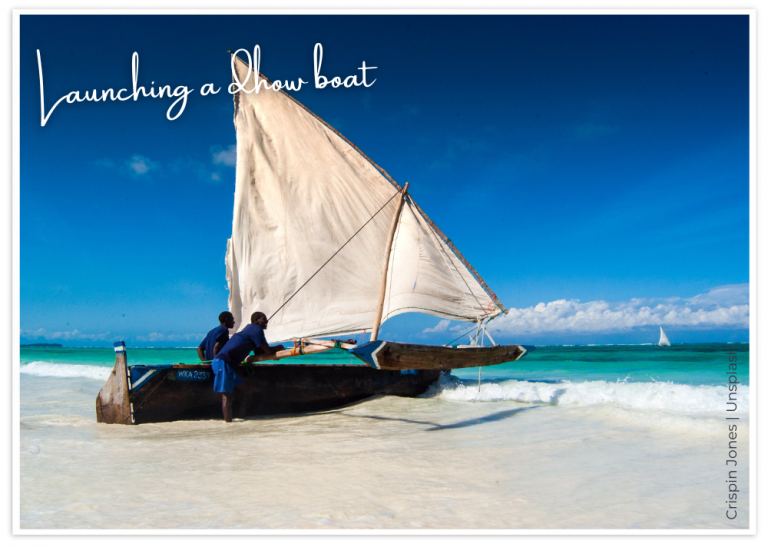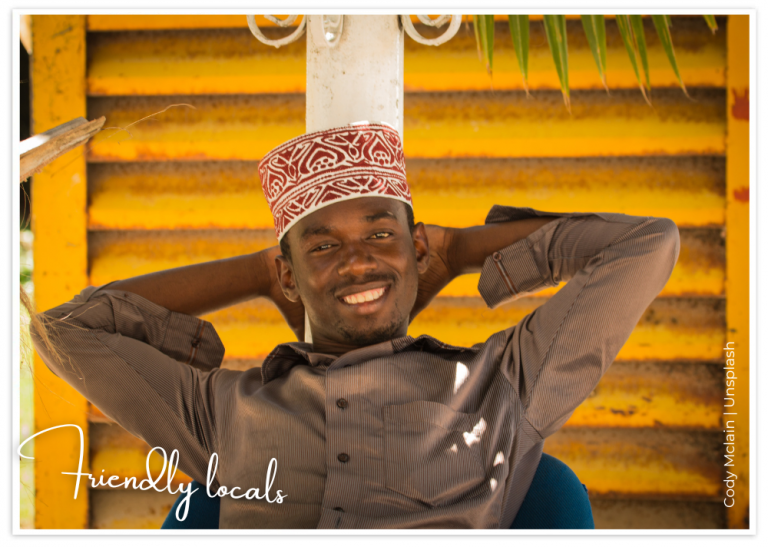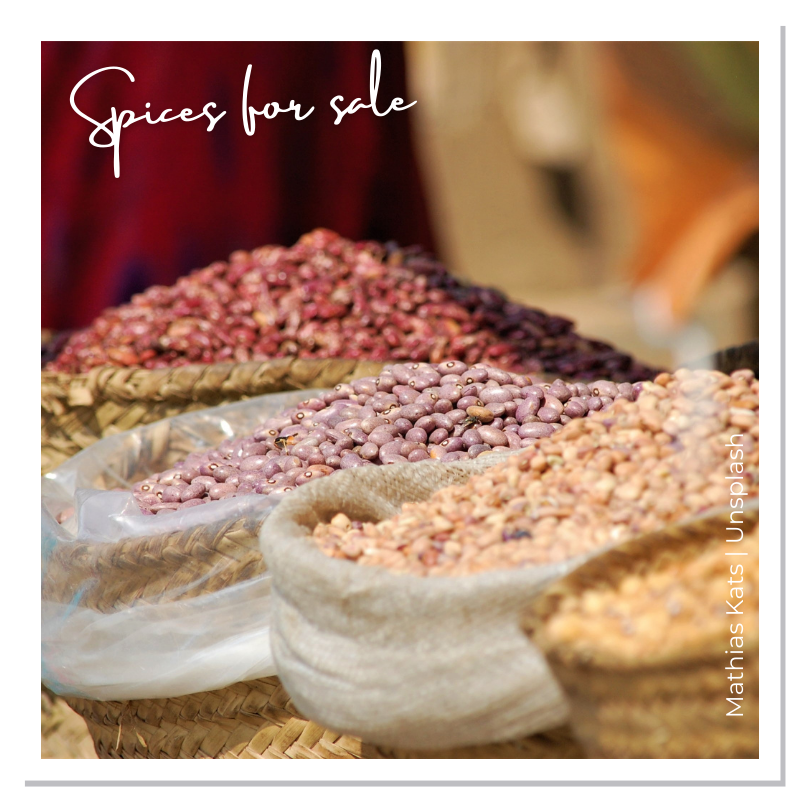Get to know Zanzibar
Get to know Zanzibar
What's it all about?
Floating off East Africa’s Swahili Coast, Zanzibar has been a historic trade hub and cultural melting pot for centuries and is now Tanzania’s tropical island idyll. As wall as swaying palms and sugary beaches, the island is home to dense mangroves humming with life, aromatic spice plantations and villages and towns melding Arabic architecture with African verve.
This is a feature from Issue 11 of Charitable Traveller. Click to read more from this issue.

Fusion foods
One of the best places to get a taste of Zanzibar is Forodhani Gardens in Stone Town. At dusk, food vendors set up their stalls and soon the smell of sizzling seafood and kebabs, spicy samosas, and Zanzibar pizza (more like a savoury, filled pancake) fills the air. The island is renowned for its octopus, cooked in curry or grilled on a skewer; Indian dishes like biryani; Persian snacks like baba ganoush or falafel; Swahili doughnuts (often flavoured with a hint of cardamom) and Urojo soup, an orange mango-spiked stew which can include boiled potatoes, chickpea dumplings, fried cassava and tamarind sauce.

Seaside Paradise
In between Zanzibar’s pretty fishing villages lie beautiful white sand beaches. Pae is popular with kite surfers; at Nungwi you’ll see traditional dhow boats being built; at Matemwe locals harvest seaweed and sell Swahili snacks from rickety shacks and at Kiwengwa, low tide sees rock pools crammed with jewel-like starfish and anemones revealed.
Rare fauna
Zanzibar’s Jozani Forest is home to the very rare colobus monkey, which sports a shaggy monochrome body with a bright red back. The forest is crisscrossed by boardwalks and is also home to colourful birds, butterflies, the duiker antelope and the tiny bush baby. Zanzibar’s pristine seas hide green turtles, bottlenose dolphins and many vivid reef fish.






The Rock is a restaurant perched on a jagged outcrop in the sea, reached by boat at high tide and serving seafood, with a mix of Italian and Zanzibar flavours
City set in stone
Zanzibar City is the capital of Zanzibar, and Stone Town is its oldest part. This area was once where the capital of Oman was located and the unique cultural influences wrought here – from Arabia, India, Europe and Africa – are apparent in the architecture. Towering limestone houses, pockmarked with age, enclose narrow pedestrian alleys punctuated by intricately carved wooden doors with ornate brass fittings. Religious buildings include an Anglican cathedral with gothic and Islamic details; a French catholic cathedral with twin spires, and Malindi Mosque with its cone-shaped stone minaret. Other sights include the Hamamni Persian Baths, the Arab Fort (with the remains of a Portuguese church inside_ and the Old Dispensary, a spectacular colonial building with wrought-iron balconies. The Darjani Bazaar is at the centre of Stone Town’s bustling commerce, selling exotic spices, fruit, vegetables, and meat, as well as coffee, soap, and souvenirs.
All Things Spice
Zanzibar has had all sorts of exotic plants introduced to its fertile soil and you can visit one of the island’s plantations to see the array of herbs, spices, and fruits which thrive there. Spices grown on the island include cloves, ginger, cinnamon, and cardamom. You’ll see fields of pineapple, avocado trees, and coffee plants, and be able to try fresh fruit like papaya, mango, and custard apple.

And another thing...
Check out these great places to stay…
The Residence, Zanzibar
With its huge seemingly floating infinity pool, this luxury resort has 66 private villas set in a huge estate bursting with tropical flora, set above a dazzling white beach.
Matemwe Lodge
Zanzibar’s original eco-resort has an exclusive 12 villas with local touchers, like woven rugs and antiques, and two pools all perched on a coral cliff opposite the Mnemba Island Marine Conservation area.
Park Hyatt Zanzibar
In the heart of Stone Town, this hotel is set in the former manor of a wealthy Omani trader. the décor blends Arabesque, African, and Indian and the cuisine is fusion.
This is a feature from Issue 11 of Charitable Traveller. Click to read more from this issue.

















 by net effect
by net effect